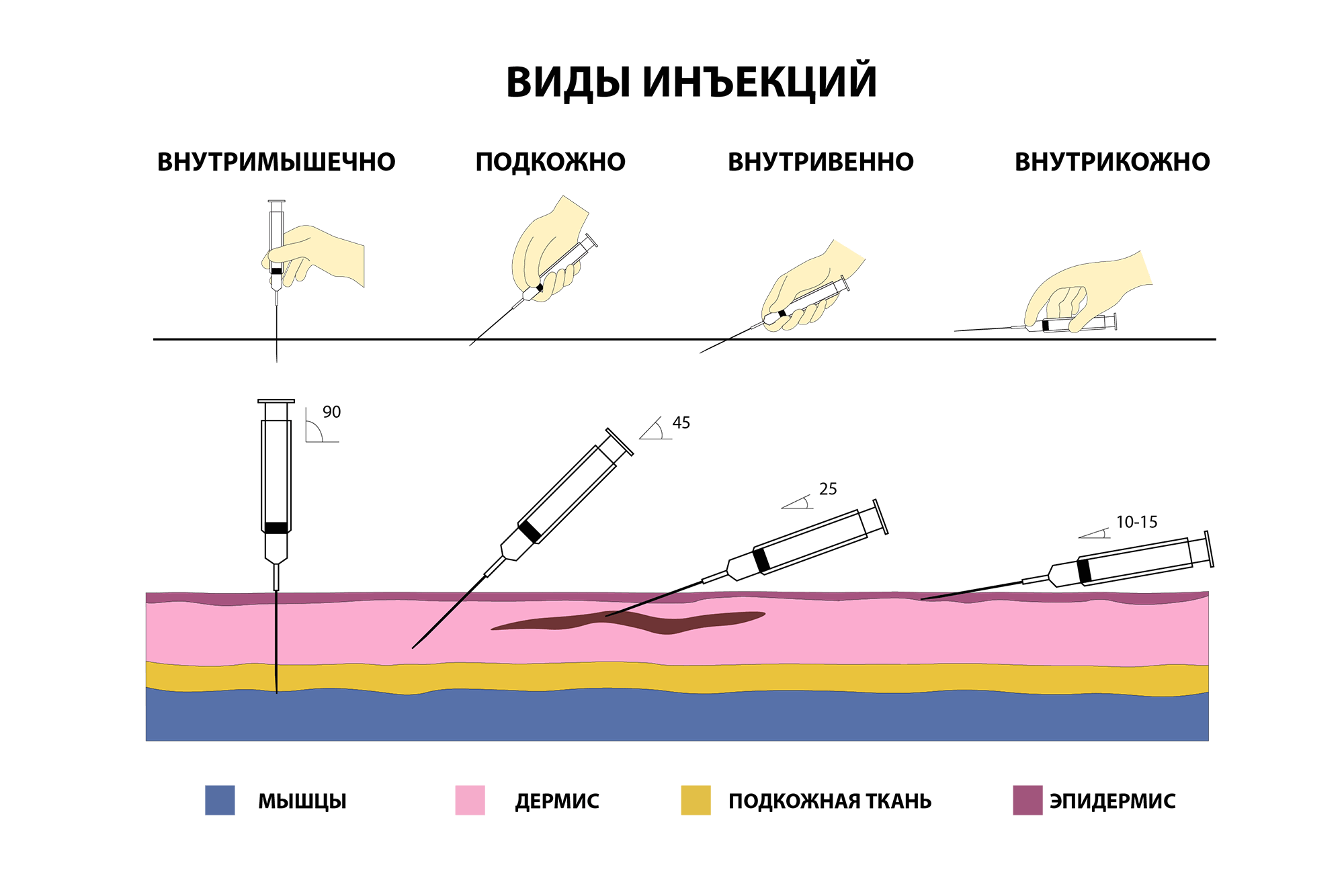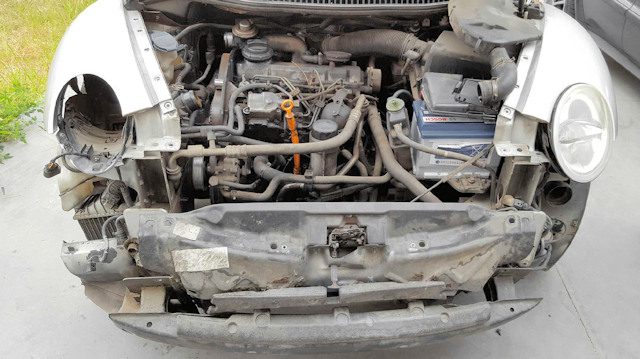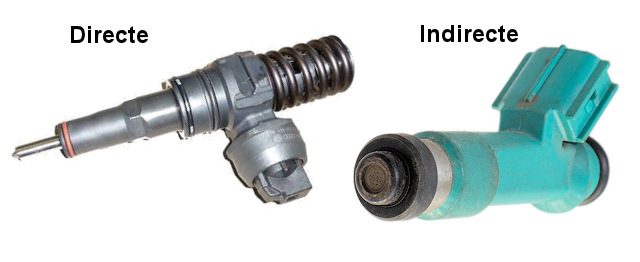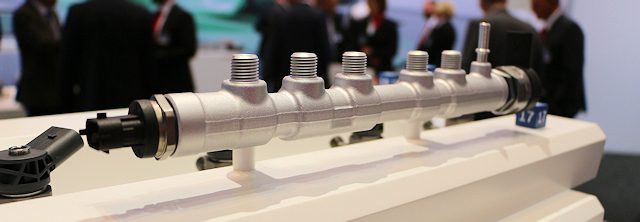
The role and principle of action of the injection
Content
For some time now, injection replaced the carburetor on gasoline engines (a carburetor that could be found on both passenger cars and small two-stroke engines on two wheels). Much more accurate for metering fuel, it allows for better control of combustion and therefore engine consumption. In addition, the ability to direct fuel under pressure allows it to be atomized better into the inlet or combustion chamber (smaller droplets). Finally, injection is essential for diesel engines, which is why the injection pump was invented by the person who had the idea: Rudolph Diesel.
Therefore, it is necessary to distinguish between direct injection and indirect injection, since it is also necessary to distinguish between single-point and multi-point injection.
Injection scheme
Here is the injection diagram of a recent engine, fuel flows from the tank to the pump. The pump supplies fuel under pressure to a storage rail (to obtain even higher pressure, up to 2000 bar instead of 200 without the latter), which is called a common rail. The injectors then open at the right time to supply fuel to the engine.
The system does not necessarily have Common Rail: more details here
Click here to see the whole diagram

We are dealing with a common rail engine, but this is not systematic for older vehicles. Power chips are to trick the computer by altering the data sent by the pressure sensor (the goal is to get a little more)


This 1.9 TDI has no rail, it has a high-pressure pump and unit injectors (they have a small built-in pump to increase the pressure even more, the goal is to reach the common rail level). Volkswagen ditched this system.

Here is the pump closer (Wanu1966 images), the latter should pump, dose and dispense

The pump (allowing pressure to be built up) is driven by a belt, which itself is driven by a running engine. However, the distribution and metering of fuel are electrically controlled. Thanks to Van for these lovely images.
The work of the pump
An electric drive is used to adjust the idle speed and is adjusted with screws (delicately, this is a game with an accuracy of tenths of a millimeter). The advance solenoid valve influences the injection advance: it decides when fuel will be delivered, depending on the situation in the engine (temperature, current speed, pressure on the accelerator pedal). If there is too much lead, you may hear a pop or click. Too much delay and the diet can become inconsistent. The shut-off solenoid valve shuts off the diesel fuel supply when the ignition is turned off (it is necessary to stop the fuel supply to diesel engines, because they operate in self-ignition mode. On gasoline, it is enough to stop the ignition. There is no more combustion).
Several montages
There are obviously several possible configurations:
- First, the most common system (сущность), which tends to disappear, indirect injection... It consists in sending fuel to the intake. The latter then mixes with air and finally enters the cylinders when the intake valve is opened.
- On the diesels, indirect injection consists not in sending fuel to the inlet, but in a small volume that enters the cylinder (see here for more information)
- Thedirect injection is used more and more often, since it allows full control of fuel injection into the engine (more precise engine control, lower consumption, etc.). In addition, it provides an economical mode of operation with a gasoline engine (stratified mode). On diesel engines, this also allows an additional injection, which is used to clean the particulate filters (regular and automatic regeneration performed by the system).
Another difference exists with regard to indirect injection, these are the methods mono et multipoint... In the case of one point, there is only one injector for the entire intake manifold. In the multi-point version, there are as many injectors on the inlet as there are cylinders (they are located directly in front of the inlet valve of each of them).
Several types of nozzles
Depending on whether direct or indirect injection, the design of the injectors will obviously not be the same.
Straight nozzles
There is an injector type solenoid or less commonly type piezoelectric. Le solenoid works with a small electromagnet that controls the passage of fuel or not. v piezoelectric works better because it can run faster and at higher temperatures. However, Bosh has gone to great lengths to make the solenoid faster and more efficient.
Injectors on INDIRECTE
Thus, the injector located at the inlet has a different shape at the top.


Indirect injection

Here is the injector in the system guide, it takes in fuel under pressure and releases it into the cylinder in a microscopic jet. Therefore, the slightest impurity can grab them ... We are dealing with very precise mechanics.

One nozzle per cylinder, or 4 in the case of a 4-cylinder.

Here are the 1.5 dCi (Renault) injectors seen on the Nissan Micra.

Here they are in the HDI engine

Difference between Common Rail Injection System and Distribution Pump?
Conventional injection consists of an injection pump, which itself is connected to each injector. Thus, this pump supplies fuel to the injectors under pressure ... The Common Rail system is very similar, except that there is a Common Rail between the injection pump and the injectors. This is a kind of chamber where fuel is sent, which accumulates under pressure (thanks to the pump). This rail provides more injection pressure, but also maintains this pressure even at high speeds (which cannot be said for the distribution pump, which loses juice under these conditions). Click here for more information.
Pump nozzle ??

Volkswagen, for its part, released the new system for several years, but it was eventually abandoned. Instead of having a pump on one side and nozzles on the other, they decided to design the nozzles with a small pump. So, instead of a central pump, we have one per injector. The performance was good, but there was no approval, as the behavior of the engine is too jittery, causing jerks at certain accelerations. In addition, each nozzle is more expensive because it has a small pump.
Why does the computer control injection?
The advantage of controlling injectors with a computer is that they can work differently depending on the context. Indeed, depending on temperature / atmospheric conditions, engine heating level, accelerator pedal depressed, engine speed (TDC sensor), etc. Injection will not be carried out in the same way. ... Therefore, it was necessary to have sensors to “scan” the environment (temperature, pedal sensor, etc.) and a computerized computer to be able to control the injection according to all these data.
Significant reduction in fuel consumption
As a direct consequence of the accuracy of the injectors, there is no more "waste" of fuel, which reduces fuel consumption. Another benefit is having a throttle body that generates cooler temperatures than conventional motors for equal use, resulting in more power and performance. However, injection, due to its great complexity, also has certain limitations, which are not without consequences. First, the fuel must be of good quality so as not to damage it (any dirt can get stuck in the tiny channel). The cause of failure can also be high pressure or poor tightness of the nozzles.
For reference: we owe the authorship of the first internal combustion engine with an injection system to the German engineer Rudolf Diesel in 1893. The latter did not gain widespread acceptance in the automotive sector until after World War II. In 1950, the Frenchman Georges Regembo first invented direct fuel injection into an automobile engine. Technical and technological developments will subsequently allow mechanical injection to become electronic, making it less expensive, quieter and, above all, more efficient.

Above there are several injection elements, and at the bottom there is only an injection distributor, also called a common rail.

All comments and reactions
Dernier comment posted:
Oudi (Date: 2021, 09:02:21)
hi
Bought Tiguan Comfort BVM6
At 6600 km, the car does not move, and nothing is displayed on the dashboard. Back in the Volswagen garage, the computer diagnostics did not reveal any faults regarding the electronic equipment, suspecting the quality of the diesel, the latter was changed without any result that could be the reason and thanks ??
Il I. 4 reaction (s) to this comment:
(Your post will be visible under the comment after verification)
Comments continued (51 Ã 87) >> нажмите здесь
Write a comment
What do you think of the 90 to 80 km / h limitation?